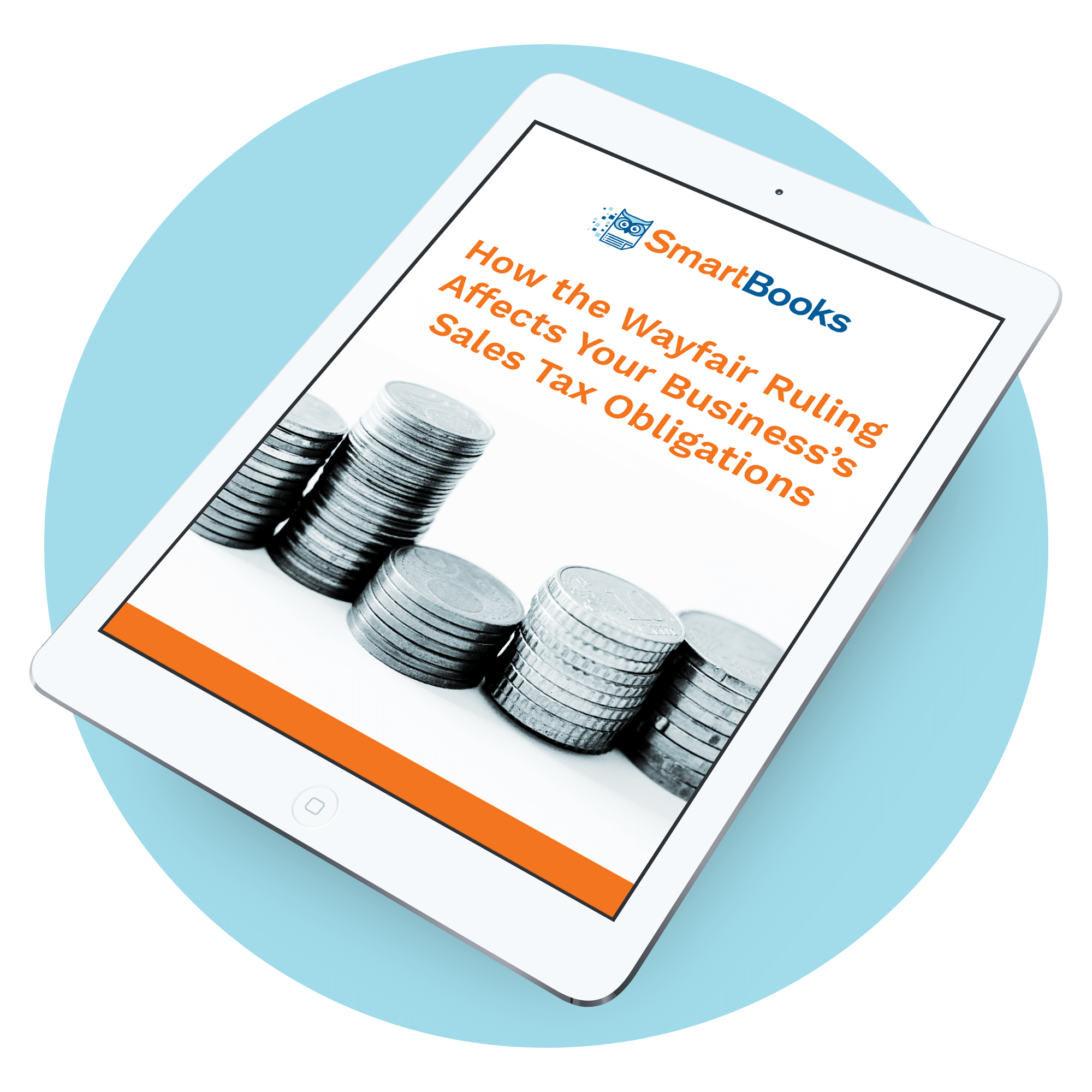
The Supreme Court decision in South Dakota v. Wayfair (June 2018) changed the sales tax landscape for small businesses across the U.S. Previously, a business only needed to collect sales tax if it had a physical presence in a state. That’s no longer the case. Today, if your business makes remote or online sales across state lines, you may have what’s called an economic nexus, even without any physical location. This Wayfair sales tax guide breaks down everything you need to know about complying with these new rules. Many business owners still don’t understand what changed or how to respond. But failing to adapt could result in hefty penalties and back taxes.
Wayfair Sales Tax Guide Overview: What Was the Ruling?
The ruling allows states to require businesses to collect sales tax based on economic activity, not just physical presence. Each state sets its threshold, often $100,000 in sales or 200 transactions annually.
Why the Wayfair Sales Tax Guide Matters for Small Businesses
Even modest sales across state lines may trigger tax collection obligations. Ignoring the rules puts your business at financial risk and may trigger audits.
How to Determine Your Business’s Economic Nexus
To check if your business is affected:
- Review your annual sales by state.
- Check each state’s sales tax threshold.
- Use software or consult a tax professional to monitor compliance.
Tips for Staying Sales Tax Compliant
- Automate tax calculation with tools like Avalara or TaxJar.
- Register in states where you have nexus.
- File returns on time and track changes in thresholds.
Download our free Wayfair sales tax guide to stay ahead of changing regulations and avoid costly compliance mistakes. It’s time to get clarity and get compliant.
Grab your copy now and take control of your sales tax obligations.